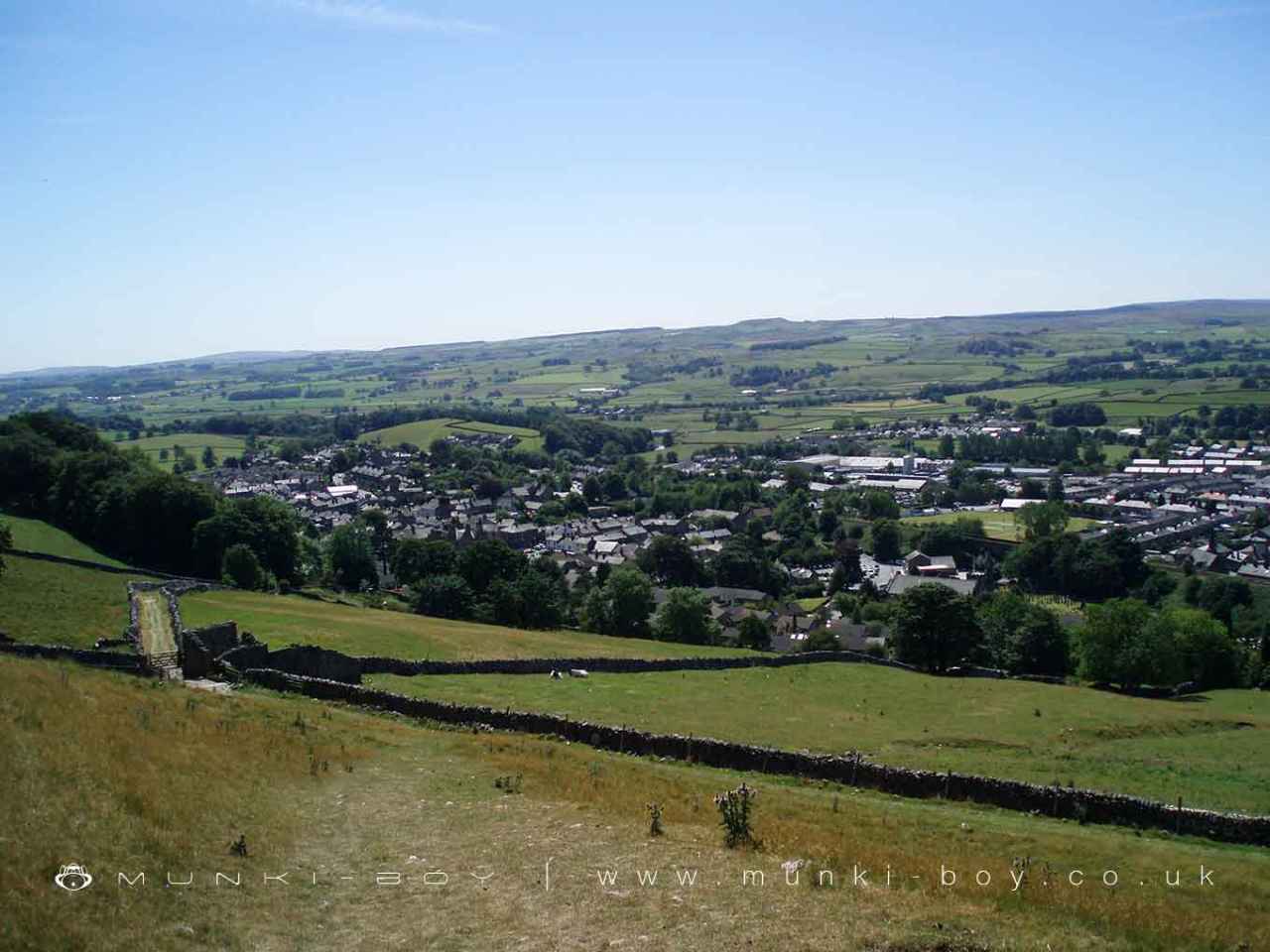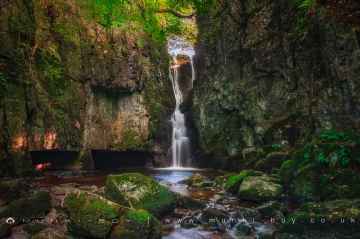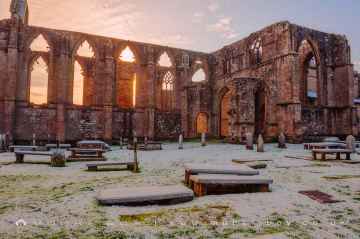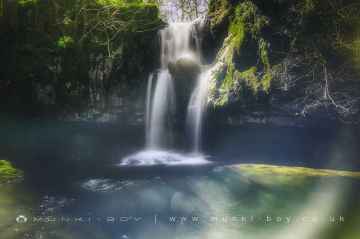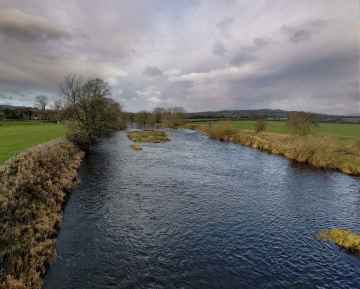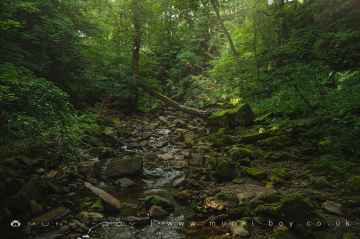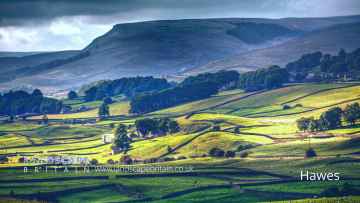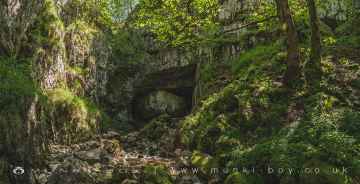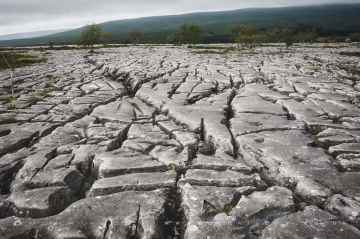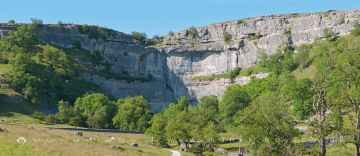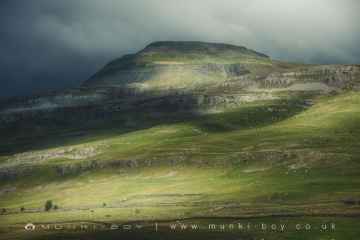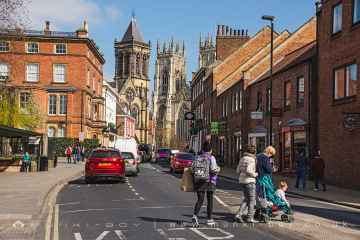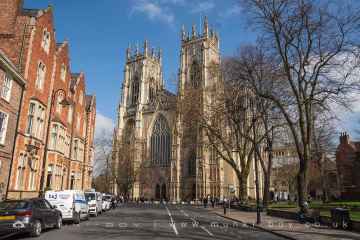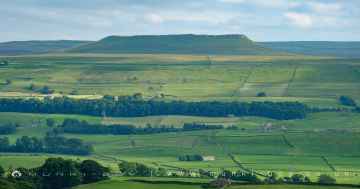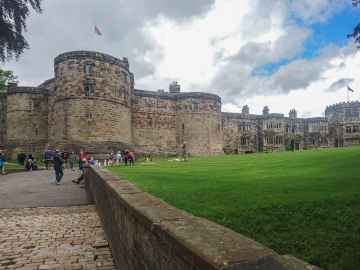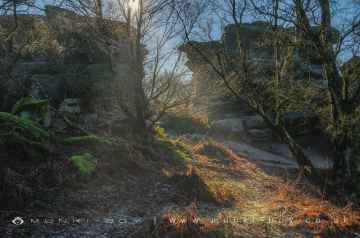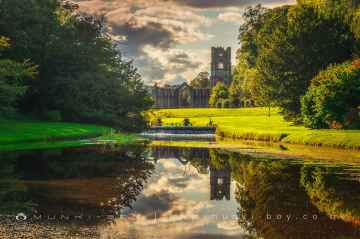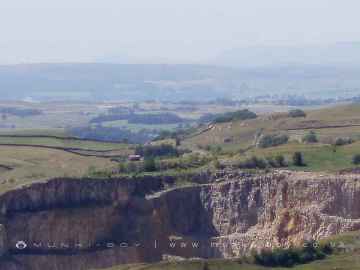Settle is a Town in the county of North Yorkshire.
There are great places to visit near Settle including some great waterfalls, ruins, historic monuments, hiking areas, villages, rivers and streams, towns, caves, limestone pavements, geological features, mountains, cities, historic buildings, hills, castles, country parks, parks, gardens and ancient sites.
There are a number of waterfalls near Settle including Catrigg Force, Lockin Garth Force, Whitfield Gill Force, Slape Wath Waterfall, Mill Gill Force, Cotter Force, and Aysgill Force.
Settle's best nearby ruins can be found at Bolton Abbey, Byland Abbey, Easby Abbey (ruin), Fountains Abbey and Studley Royal Water Garden, Fountains Abbey (ruin), Trig Point on Warrendale Knotts, and Old Limekiln at Blua Crags.
Settle's best nearby historic monuments can be found at Bolton Abbey, Culloden Tower, and Robin Hood's Well (Fountains).
Settle's best nearby hiking areas can be found at Deepdale, Cotterdale, Southerscales, Ingleton Waterfalls Trail, Swilla Glen, Baxenghyll Gorge, and Raven Ray.
Settle has some unmissable villages nearby like Pool-in-Wharfedale, Askrigg, Hardraw, Malham, West Burton, Bainbridge, and Aysgarth.
Settle's best nearby rivers and streams can be found at Whitfield Beck, Mill Gill, Hardraw Beck, River Wharfe, and Walden Beck at West Burton.
Towns to visit near Settle include Hawes, Skipton, Grassington, Richmond, Middlesbrough, Harrogate, and Settle.
Settle's best nearby caves can be found at Great Douk Cave, White Scar Cave, Yordas Cave, Janet's Cave, Gaping Gill, Horseshoe Cave, and Jubilee Cave.
Settle's best nearby limestone pavements can be found at Southerscales, Malham Cove, and Warrendale Knotts Limestone Pavement.
There are a several good geological features in the Settle area like Malham Cove, and Brimham Rocks.
Places near Settle feature a number of interesting mountains including Ingleborough.
Cities to visit near Settle include York, and Ripon.
Settle has some unmissable historic buildings nearby like York Minster, Culloden Tower, and Beggar’s Bridge.
The area around Settle features a number of interesting hills including Addlebrough, Warrendale Knotts, Giggleswick Scar, Blua Crags, Sugar Loaf Hill, and Attermire Scar.
Settle has some unmissable castles nearby like Skipton Castle, Richmond Castle, and Bolton Castle.
Places near Settle feature a number of interesting country parks including Brimham Rocks.
Don't miss Fountains Abbey and Studley Royal Water Garden, Fountains Abbey (ruin), and Studley Royal Water Garden's parks if visiting the area around Settle.
The area around Settle's best gardens can be found at Fountains Abbey and Studley Royal Water Garden.
Ancient Sites to visit near Settle include Schoolboys Tower, Jubilee Cave, and Victoria Cave.
Settle History
There are some historic monuments around Settle:
Places to see near Settle
History of Settle
During the English Civil War, the Cliffords, the lords of the manor were Royalists, but their subjects were not. John Lambert of Calton in Malhamdale, was a general in Cromwell’s army and his troops camped at Settle in August 1651 while on the road to an encounter in Lancaster. Daniel Defoe wrote “Settle is the capital of an isolated little kingdom of its own surrounded by barren hills.”:p.163 Because of its remoteness Settle saw mostly local commerce. The old roads were pack horse trails:p.105 and drovers’ roads along hilltops:p.6 because the valley was soft and swampy before field drainage and the dredging of stream estuaries.:p.105 In the 1700s textile industrialists supported by traders and landowners campaigned for a turnpike to connect with growing industrial towns. The minute book for the Keighley and Kendal Turnpike Trust shows that most investors were mill owners from the Giggleswick district. In 1827 the trust, having miscalculated the cost of road maintenance, was in debt by £34,000.:p.172 When in 1877 the trust was terminated, the investors received on average 54% of their deposit. The investors had benefited in that Settle was now well connected and its cotton mills boomed. The mill owners imported coal and, like the heavy industries that exported agricultural lime and sandstone masonry, welcomed the turnpike for access via carrier waggons to the Leeds and Liverpool Canal at Gargrave. The first passenger stagecoach arrived in 1763. The Mail Coach was running regularly in 1786. The Union coach for passengers ran each way on alternate days in the early 1800s, and daily by 1840.:p.5






















